October 29, 2025
Data Shows Endangered Palau Ground Doves Swiftly Recovering After Successful Palauan Island Conservation Effort
Astounding evidence of recovery on Ulong Island in Palau after just one year!
Published on
September 21, 2017
Written by
Emily Heber
Photo credit
Emily Heber
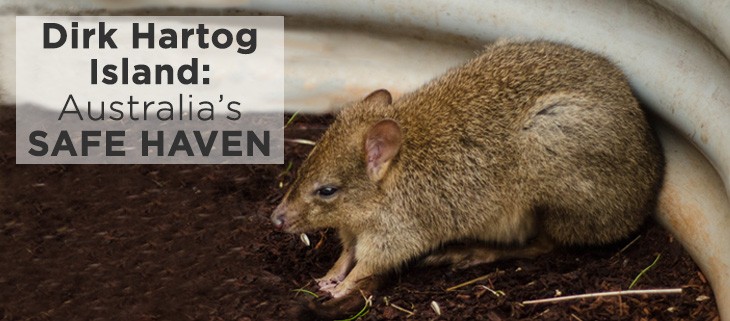
Dirk Hartog Island off the coast of West Australia is set to become a safe haven for native and threatened species. After an extensive project to remove invasive feral cats, the island will now undergo a process of native species reintroduction. By removing invasive predators, the island has become one of Australia’s largest invasive species removal projects and will soon be a haven for some of the region’s rarest species.
The project to remove invasive predators from Dirk Hartog was a three-year program that focused on the removal of invasive feral cats, which drove native wildlife to local extinction. Stephen Dawson, Environment Minister for West Australia explained:
Dirk Hartog Island is almost 63,000 hectares, which means it would be the largest island in the world to have either goats or feral cats completely eradicated, a massive feat, and one which has taken years of planning and dedication.

In the past year no feral cat sightings have been reported on the island, which gives conservationists hope for the next phase of conservation. The plan to reintroduce native species to the island has been rolled out and will progress over the next twelve years. Conservationists started with the reintroduction with the Banded-hare Wallaby and the Rufous-hare Wallaby.
Over the next twelve years, a total of twelve mammals and one bird species will be relocated to the island to help boost their populations. Dawson commented:
We remain confident that by 2030, the island will be a safe haven for some of the country’s most threatened species, cementing its place in Australia’s environmental history and future.
Although the project will take time, conservationists are hopeful that by reviving the island it will soon be able to thrive on its own. If all goes well, Dirk Hartog Island will serve as a safe haven for the species that once lived there, and will become a glowing example of what can happen when dedicated conservationists work together and persevere.
Featured Photo: A Woylie at Caversham Wildlife Park. Woylies are one of the twelve species that will be reintroduced to the island. Credit: Miss Dilettante
Source: West Australia Today
Check out other journal entries we think you might be interested in.

October 29, 2025
Astounding evidence of recovery on Ulong Island in Palau after just one year!
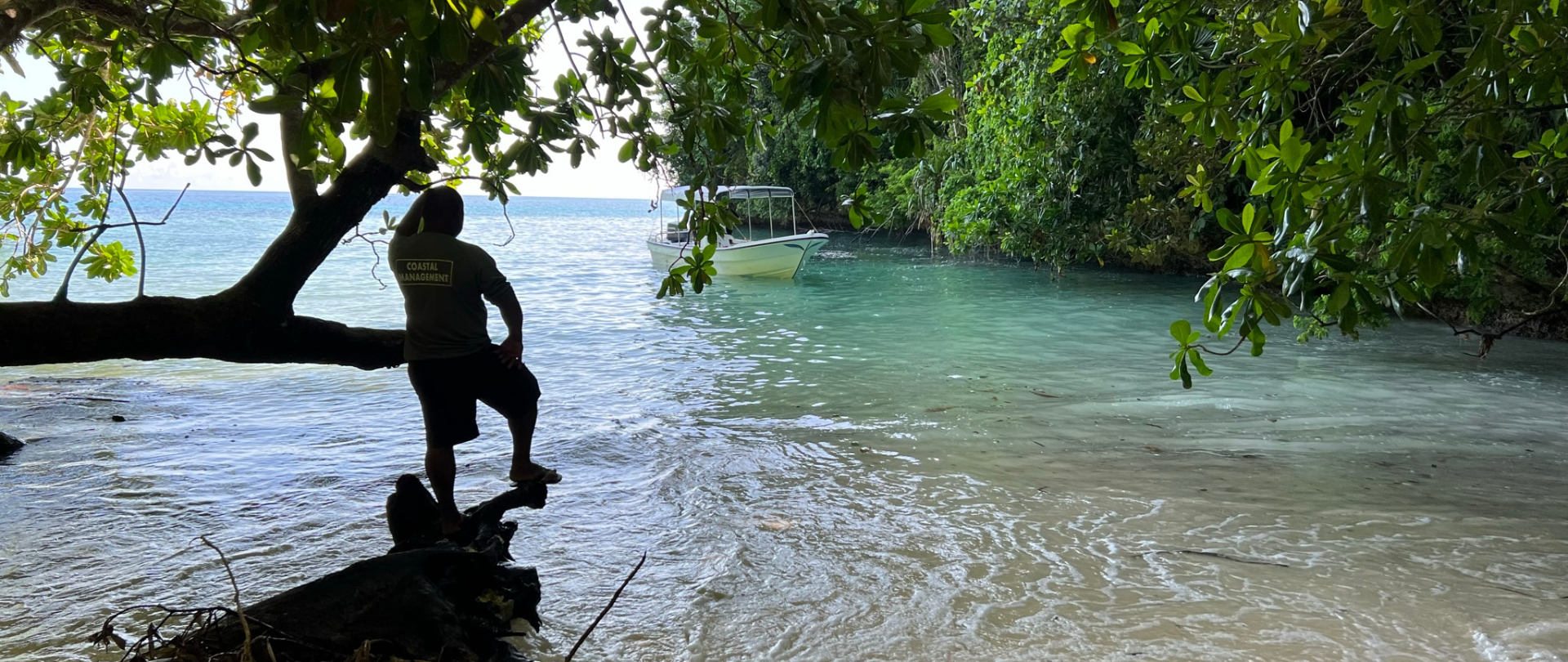
May 19, 2025
Read our position paper on The 3rd United Nations Ocean Conference (UNOC 3) to see why we're attending and what we aim to accomplish!
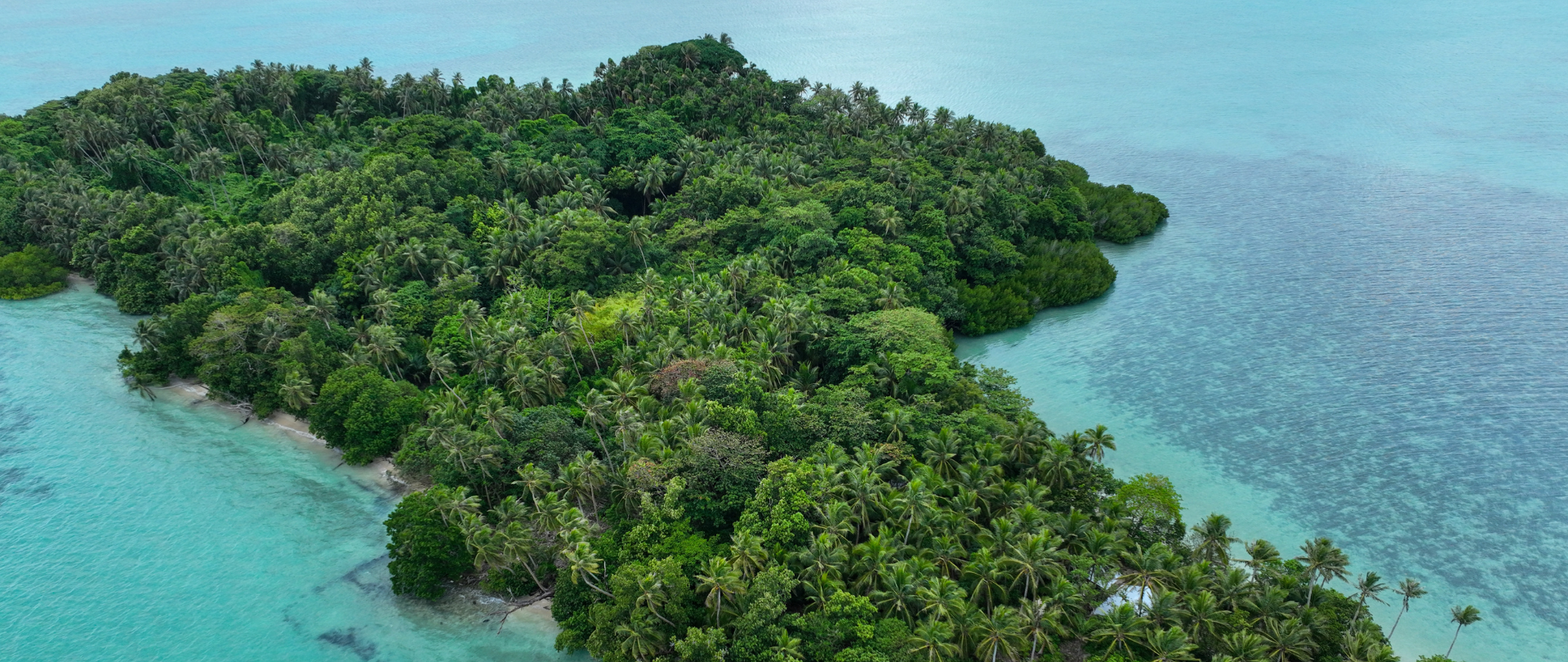
December 4, 2024
Ann Singeo, founder of our partner organization the Ebiil Society, shares her vision for a thriving Palau and a flourishing world of indigenous science!
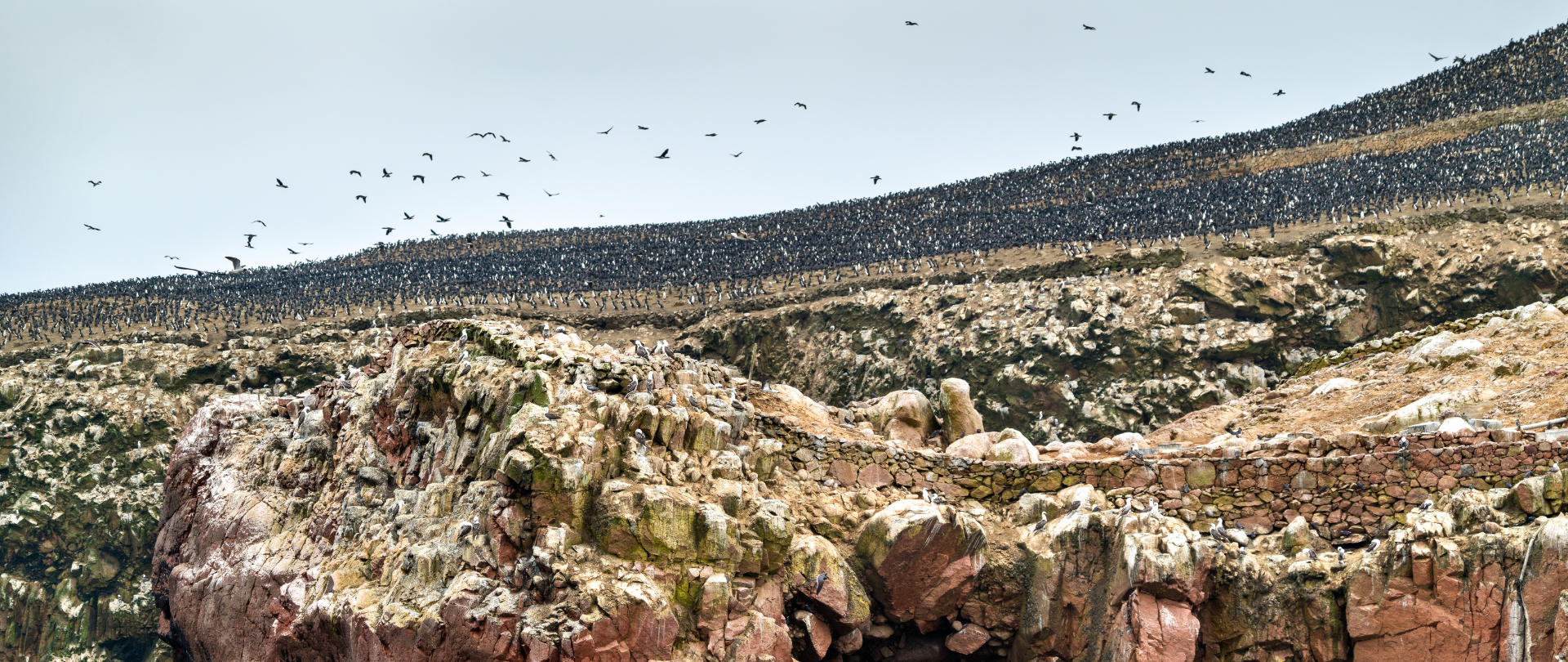
November 22, 2024
This historic agreement aims to protect the marine and coastal areas of the Southeast Pacific.
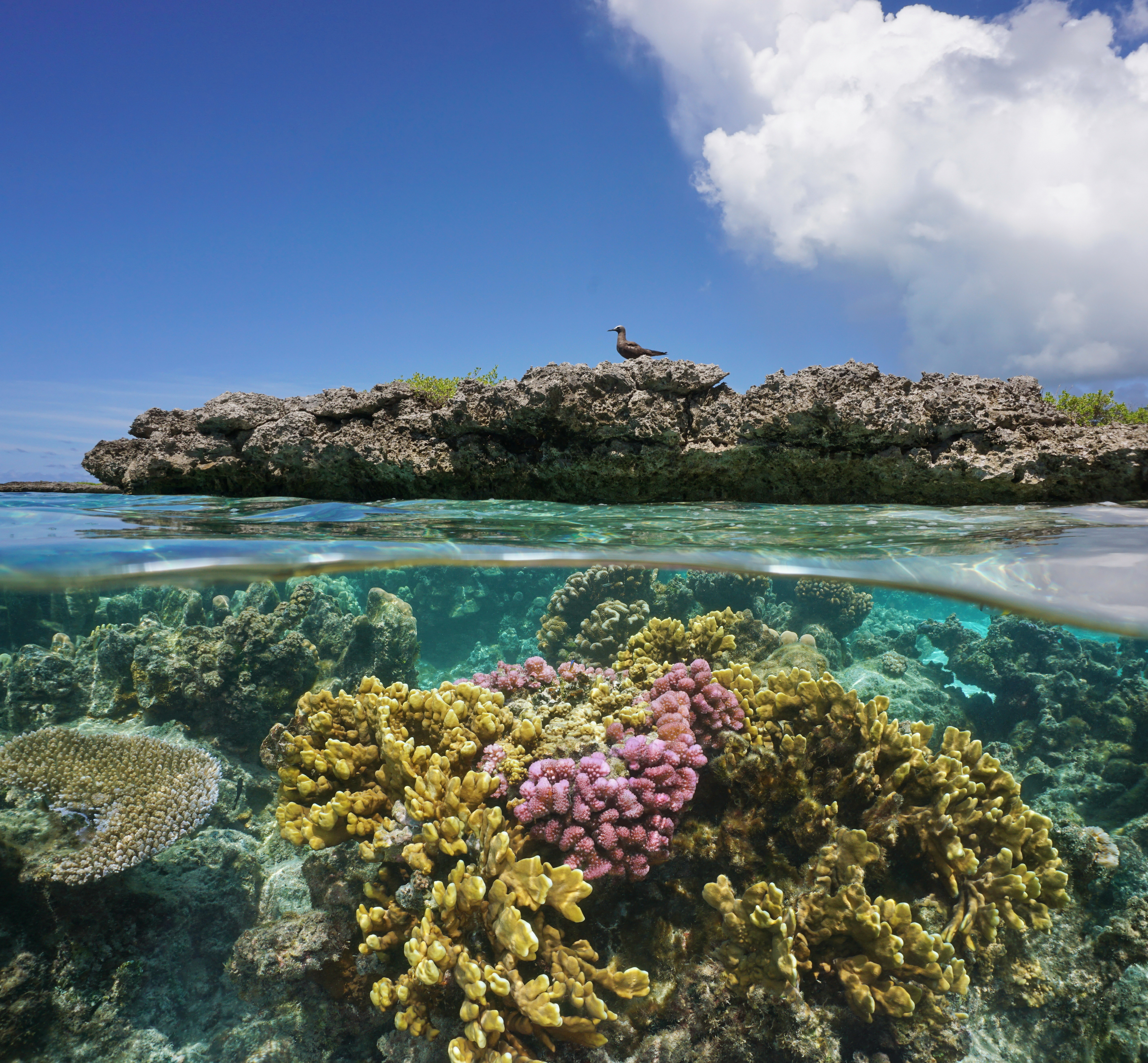
November 18, 2024
Our projects to restore key islets in Nukufetau Atoll forecast climate resilience and community benefits in Tuvalu!
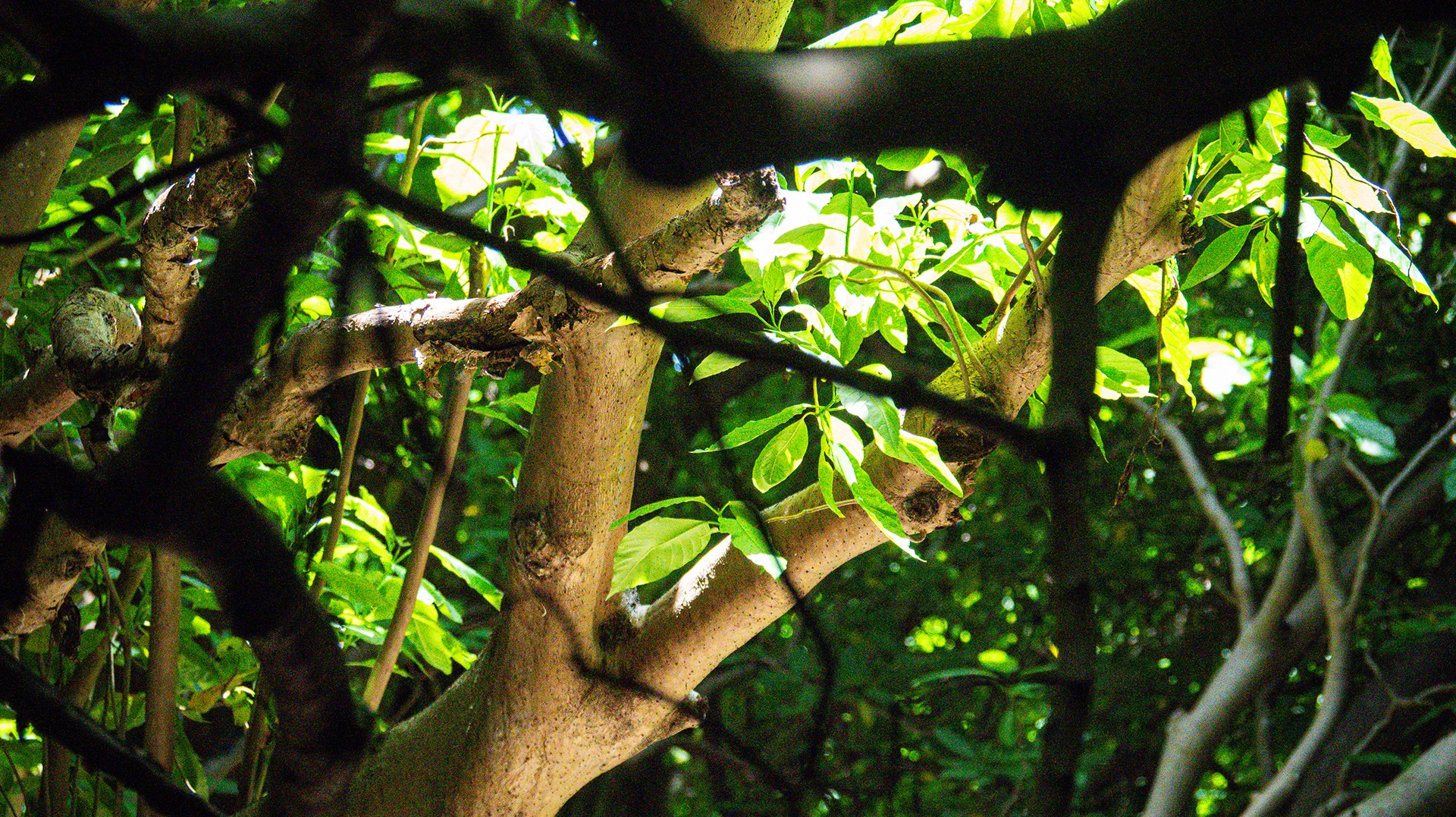
October 3, 2024
Island Conservation and partners have published a new paper quantifying ecosystem resilience on restored islands!
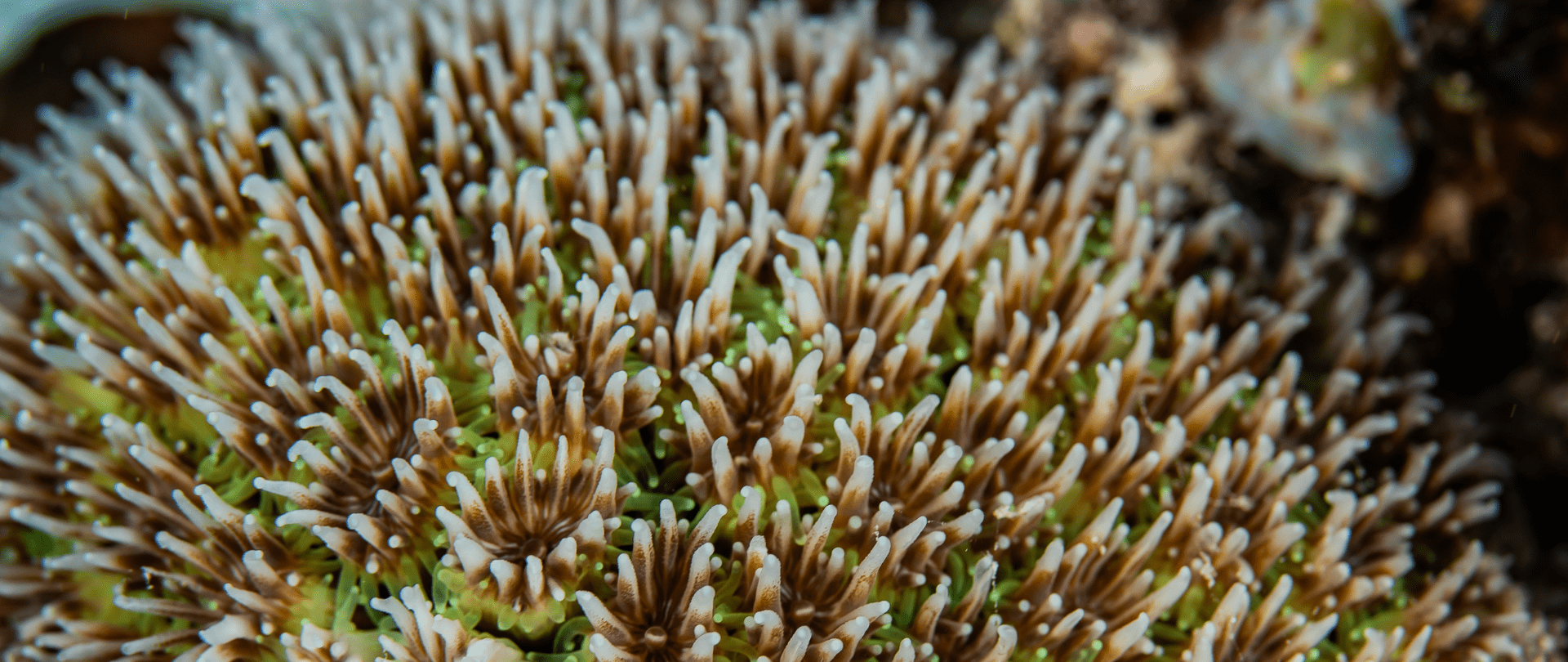
September 10, 2024
Climate Week NYC: what is it and why is it important? Read on to find out why Island Conservation is attending this amazing event!

September 5, 2024
With sea levels on the rise, how are the coastlines of islands transforming? Read on to find out how dynamic islands really are!
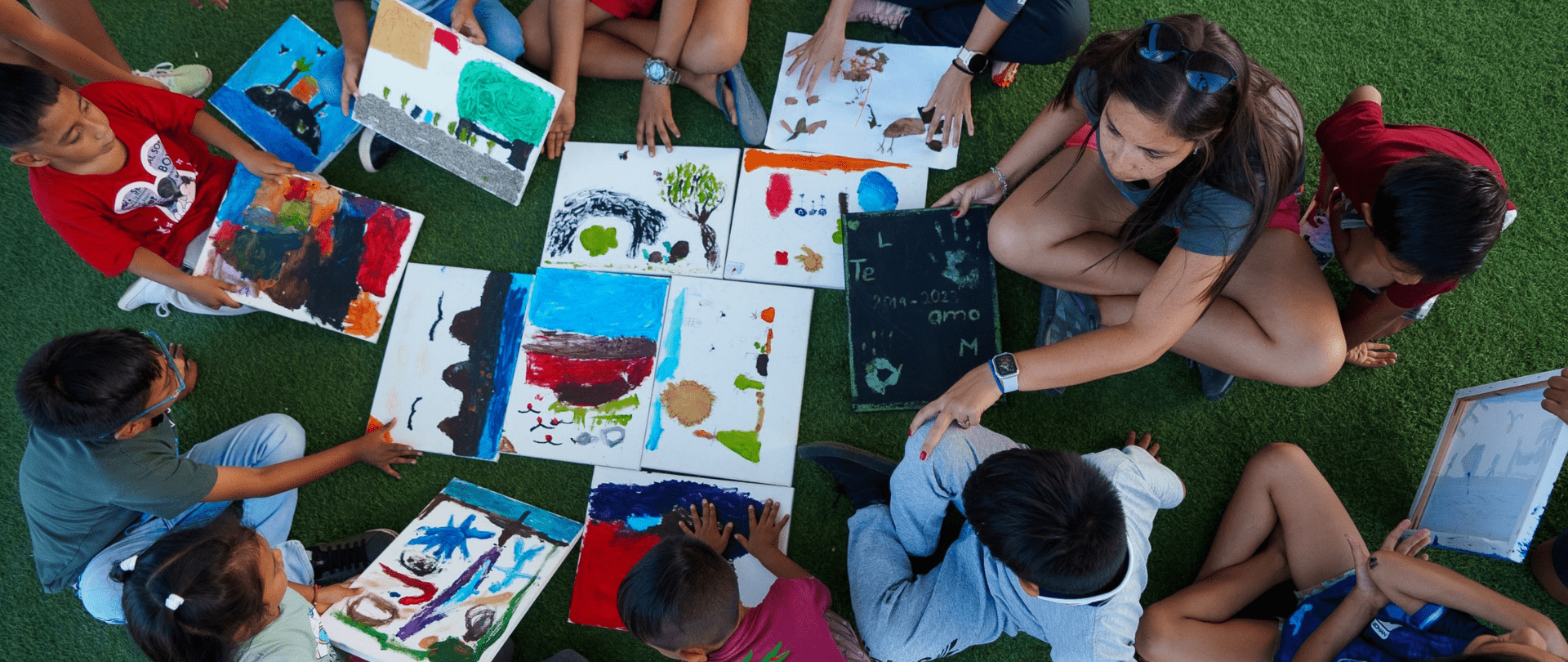
December 14, 2023
Join us in celebrating the most amazing sights from around the world by checking out these fantastic conservation photos!
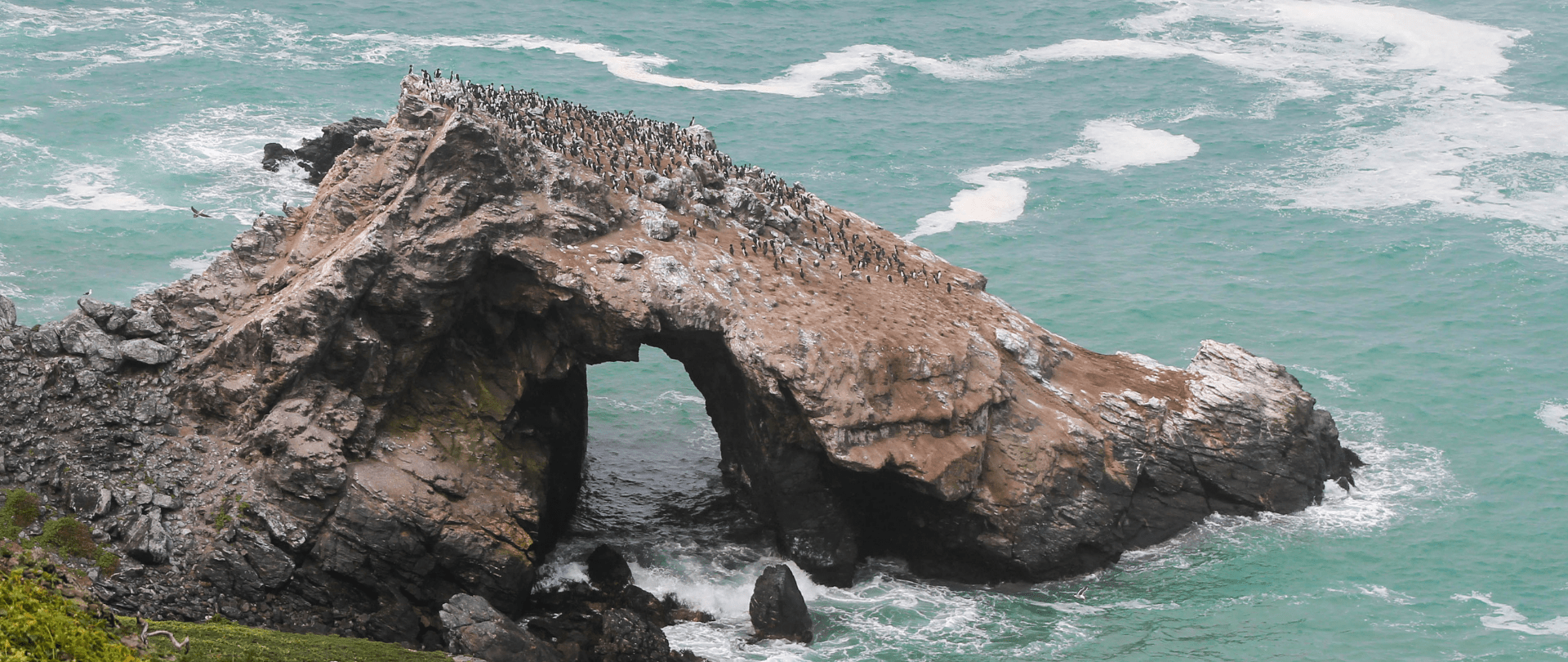
November 28, 2023
Rare will support the effort to restore island-ocean ecosystems by engaging the Coastal 500 network of local leaders in safeguarding biodiversity (Arlington, VA, USA) Today, international conservation organization Rare announced it has joined the Island-Ocean Connection Challenge (IOCC), a global effort to…